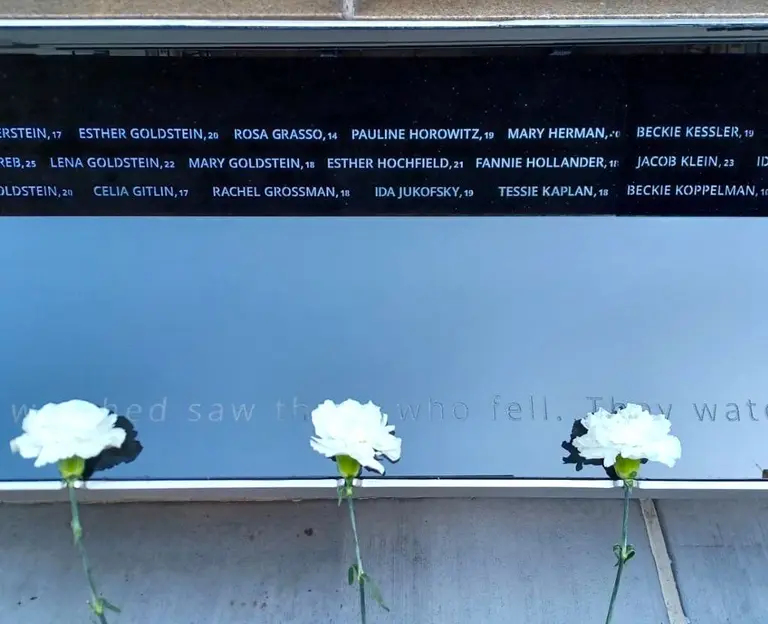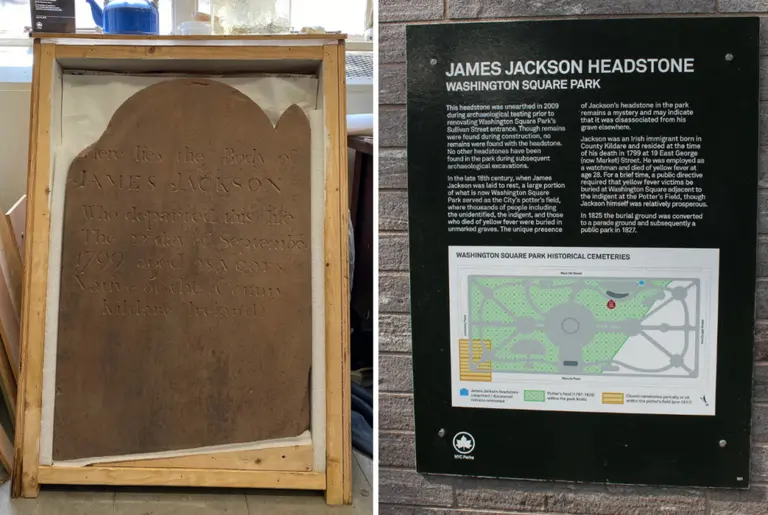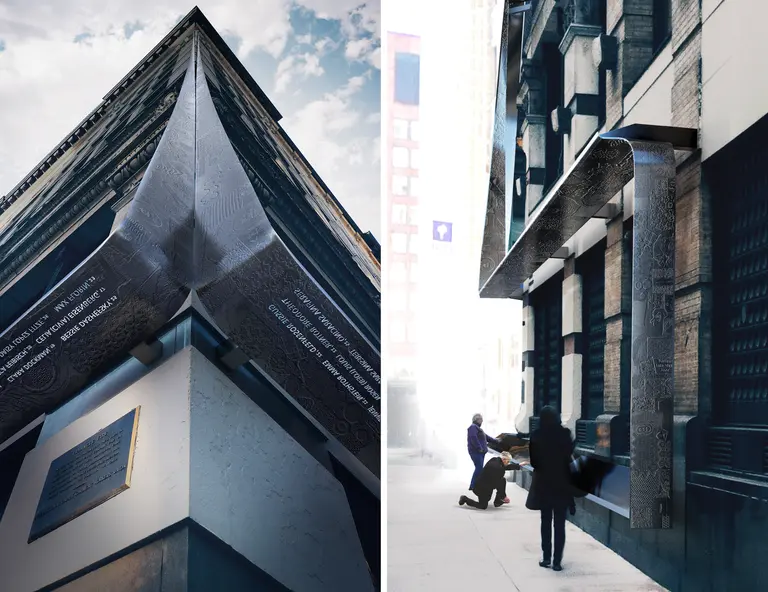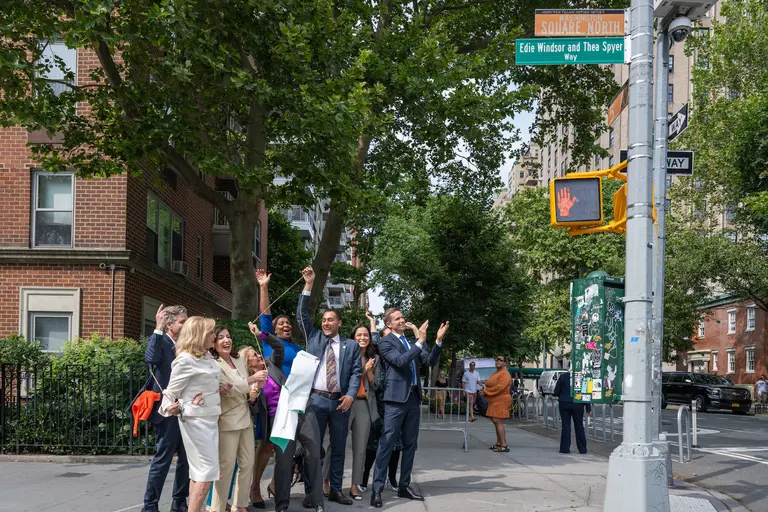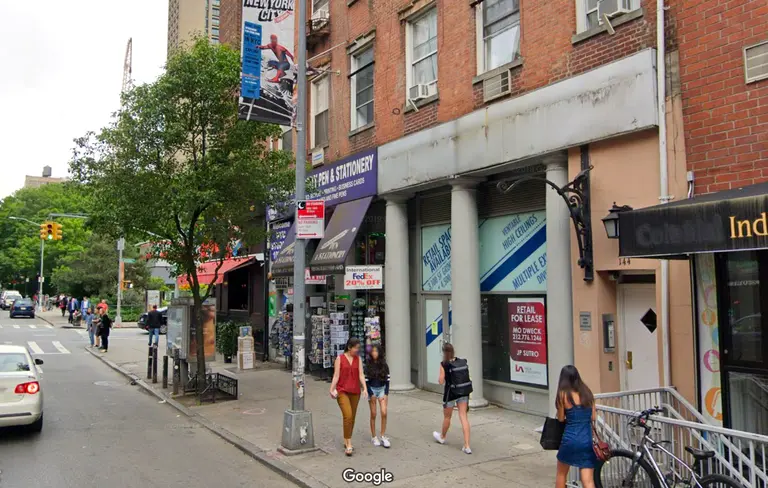Julius’, New York City’s oldest gay bar, is one step closer to becoming a city landmark
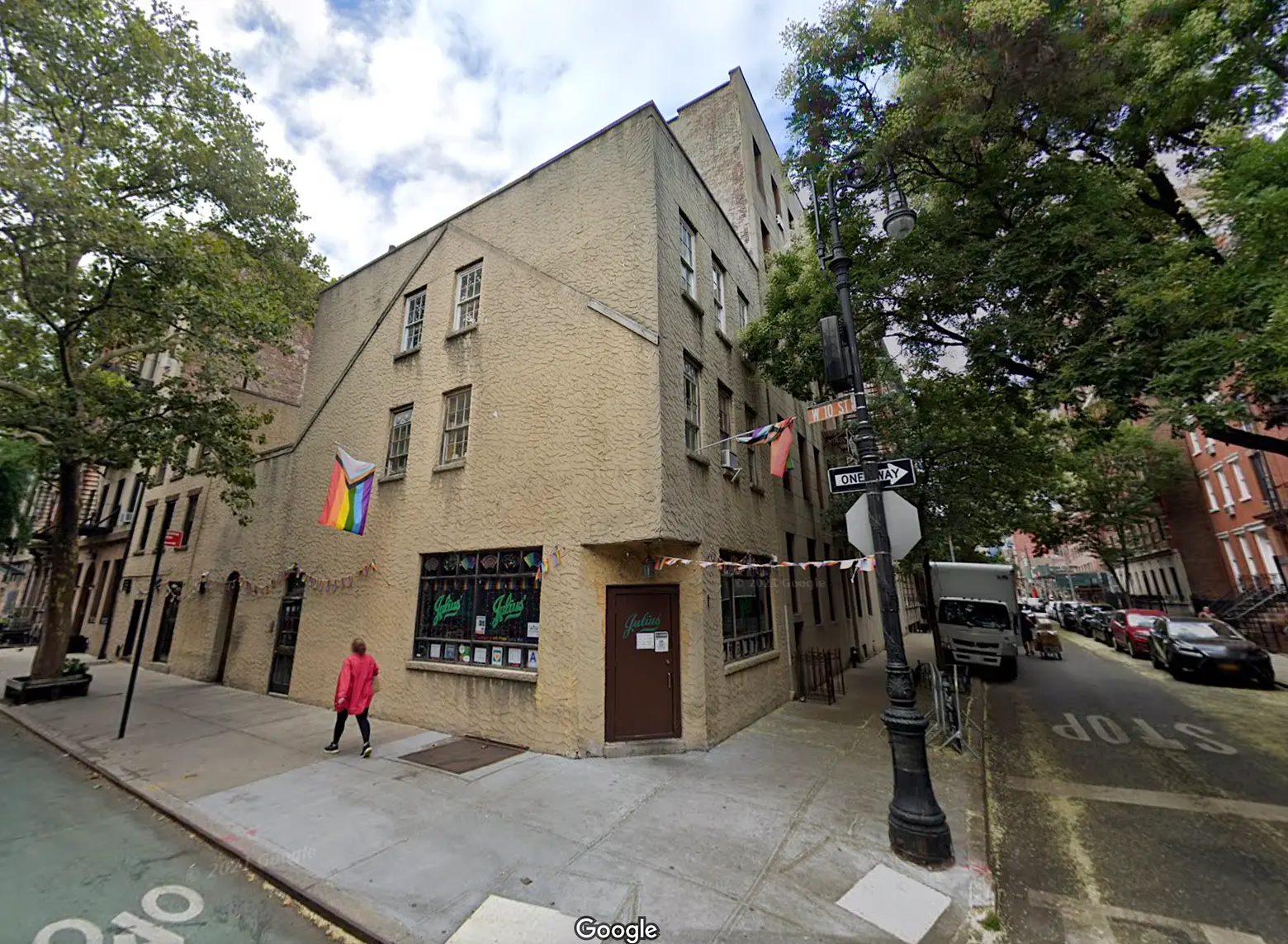
Julius’ Bar. Streetview © 2021 Google
New York City’s oldest gay bar is on its way to becoming an individual landmark. The Landmarks Preservation Commission on Tuesday voted to calendar Julius’ Bar, a Greenwich Village establishment known for its historic 1966 “Sip-In” when members of the Mattachine Society protested the state law that prohibited bars from serving “suspected gay men or lesbians.” Considered one of the city’s most significant sites related to LGBTQ+ history, Julius’ Bar played an instrumental role in advancing the rights of gay New Yorkers.
Located on the corner of West 10th Street and Waverly Place, the building that is now home to Julius’ was constructed in the early 19th century as three separate structures that were later combined into one building. The property has held a bar since the 1860s; Julius’ Bar opened in the 1930s. By the 1960s, gay men started meeting at the bar, despite “unwelcome attitudes.”
On April 21, 1966, three years before the Stonewall Riots, members of the gay rights group the Mattachine Society organized a “Sip-In,” a non-violent protest inspired by the sit-ins of the Civil Rights Movement. The purpose of the sip-in was to challenge the New York State Liquor Authority rules put into effect so bars could not serve drinks to known or suspect gay men or lesbians.
According to the NYC LGBT Historic Sites Project, Dick Leitsch, Craig Rodwell, and John Timmons visited several bars, announced that they were “homosexuals,” and ordered a drink. At Julius’, the group was refused. The demonstration led to a court ruling a year later that determined gay people had the right to assemble and be served alcohol, and over time, the growth of bars as social spaces for the LGBTQ+ community.
The building that houses Julius’ Bar has seen changes over time, including its Arts and Crafts style stucco facade from the 1920s. After structural issues were discovered in the 1980s, the building was “essentially reconstructed with the same appearance,” according to the LPC, with a “restorative approach” approved by the commission. Small changes include the bar’s window openings, replacement of pattern brickwork, and the addition of a faux cornice, but it retains its integrity from the period of significance in the 1960s.
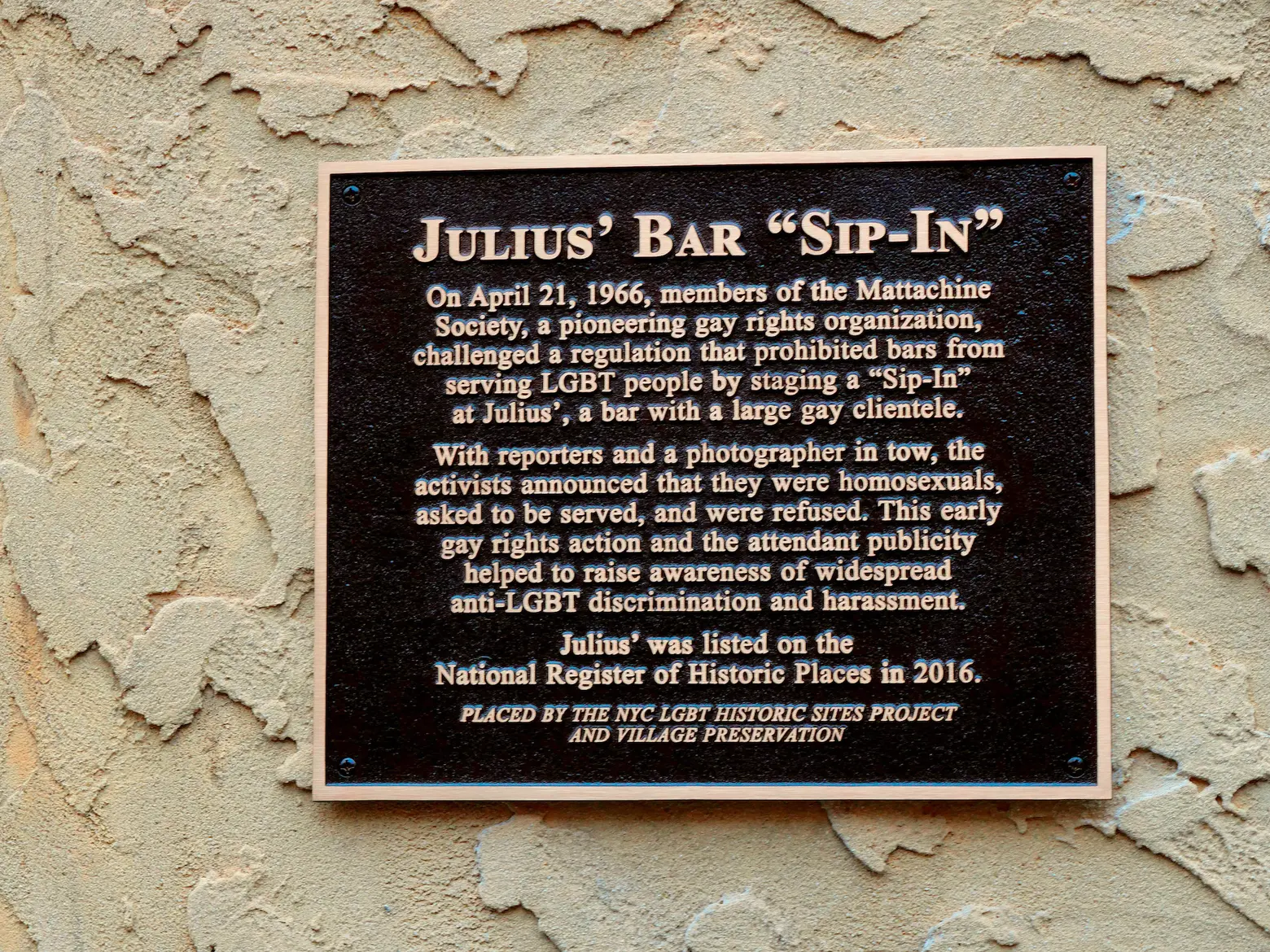
Photo courtesy of the Village Preservation
Advocates have pushed for Julius’ to be recognized for its significance. Thanks to an effort led by the NYC LGBT Historic Sites Project, the bar was listed on the New York State Register of Historic Places in 2015 and the National Register of Historic Places in 2016.
Historic preservation group Village Preservation has pushed LPC to designate Julius’ as a city landmark for nearly a decade. In April, Village Preservation and the NYC LGBT Historic Sites Project unveiled a plaque at Julius’ Bar to mark the significance of the Sip-In.
“It’s so important that we not only honor sites like these that tell the diverse stories of our city and country’s history and culture but that we take affirmative steps like landmarking to ensure they are forever preserved,” Andrew Berman, executive director of Village Preservation, said in a statement.
“LGBTQ+ and civil rights history like that which is embodied in Julius’ Bar are essential elements of our collective story, and it’s critical that they not be forgotten or erased. We’re very fortunate that Greenwich Village is so rich in these threads of our history, and we’re committed to ensuring they are recognized and preserved, for everyone’s benefit.”
Calendaring a property is the first step in the designation process, followed by a public hearing and a vote.
RELATED:











